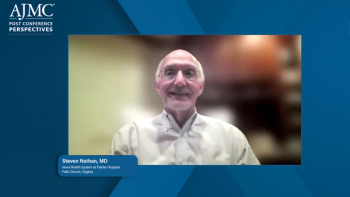
Achieving equitable access to anti-fibrotic drugs requires multi-stakeholder collaboration, while the most critical unmet clinical need remains overcoming late and misdiagnosis through targeted education to ensure earlier therapy and better patient outcomes.






